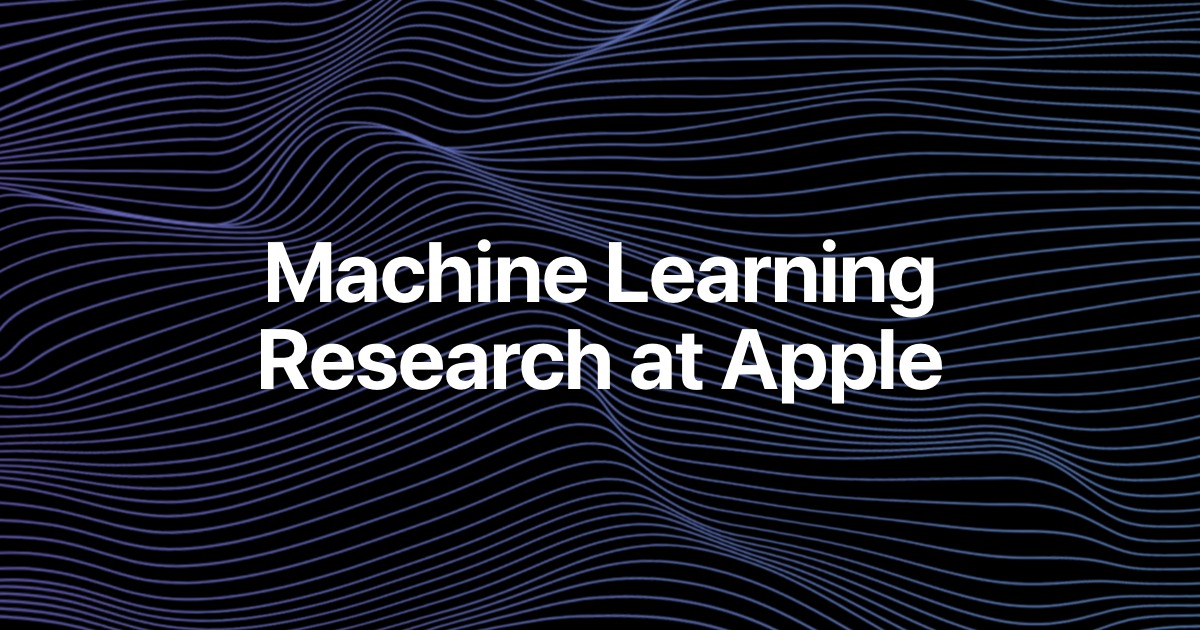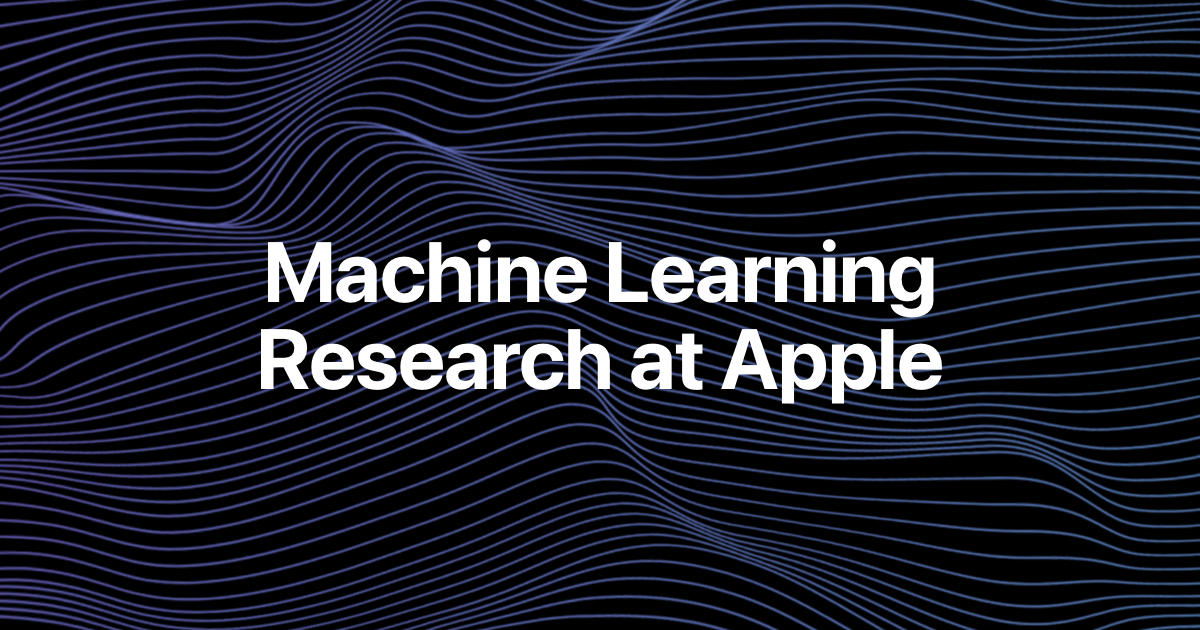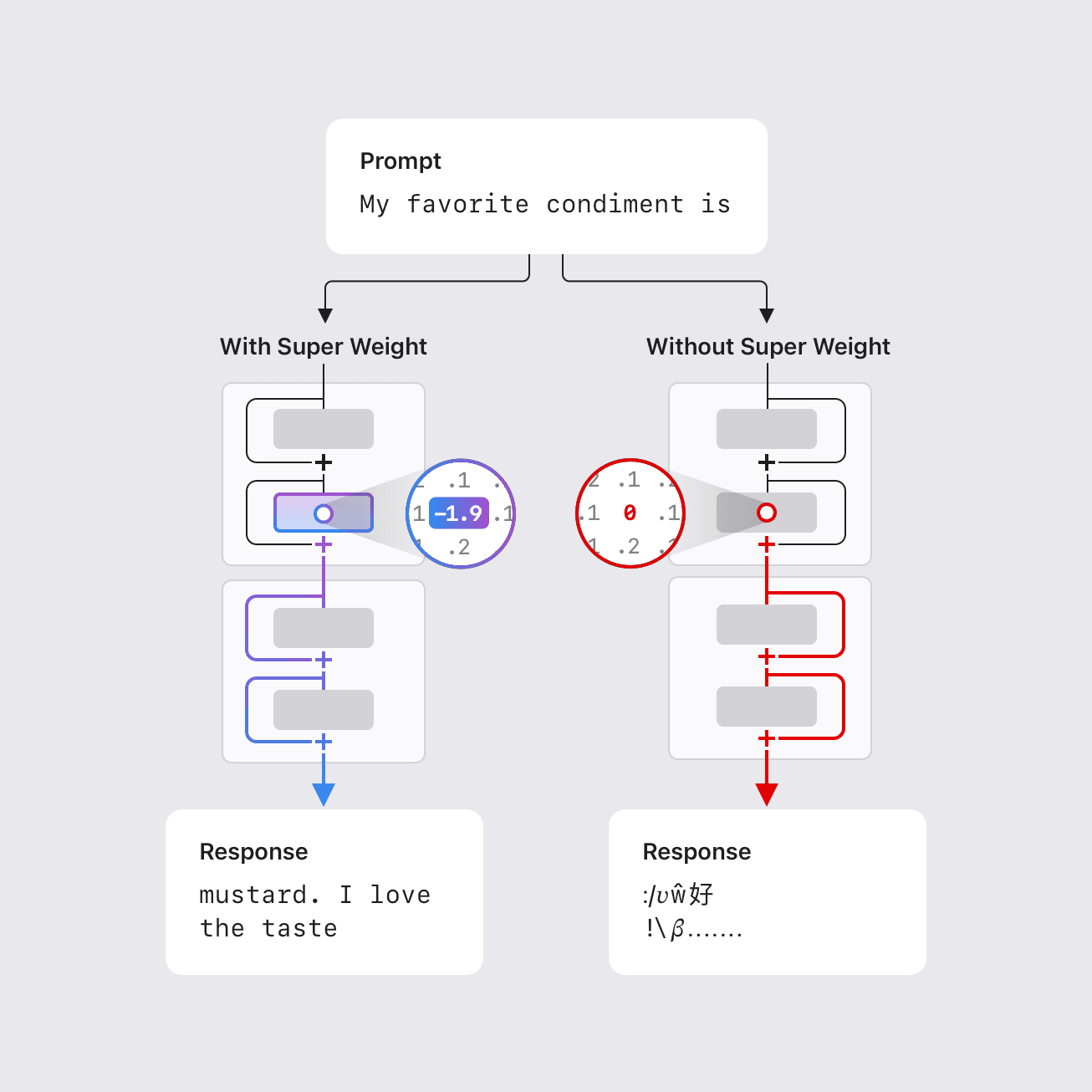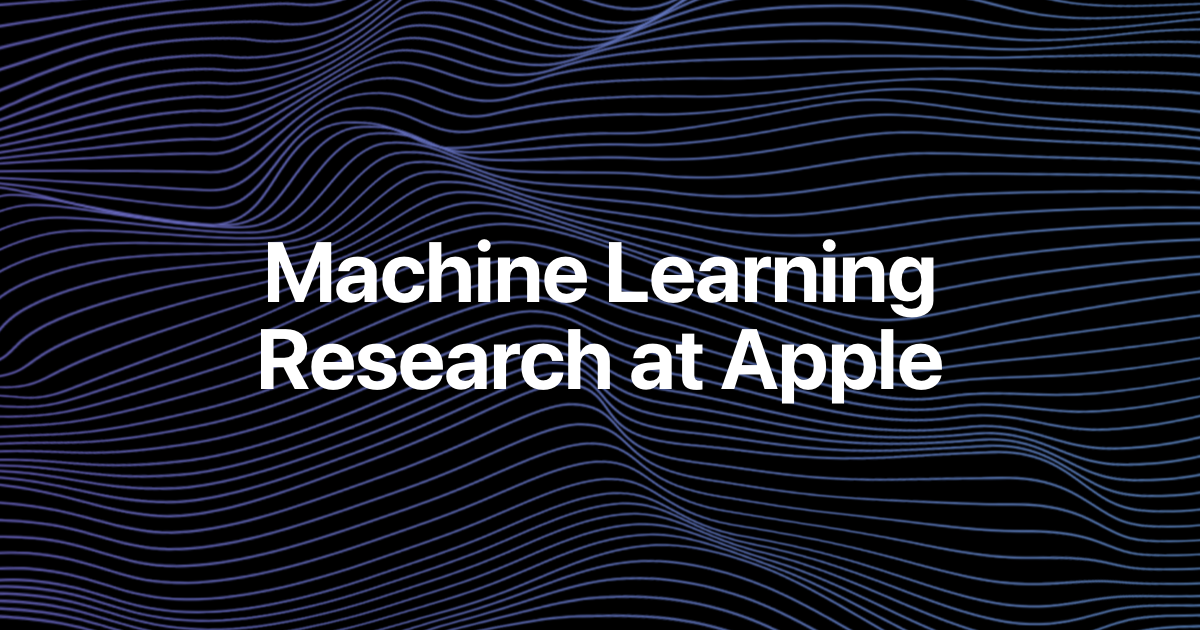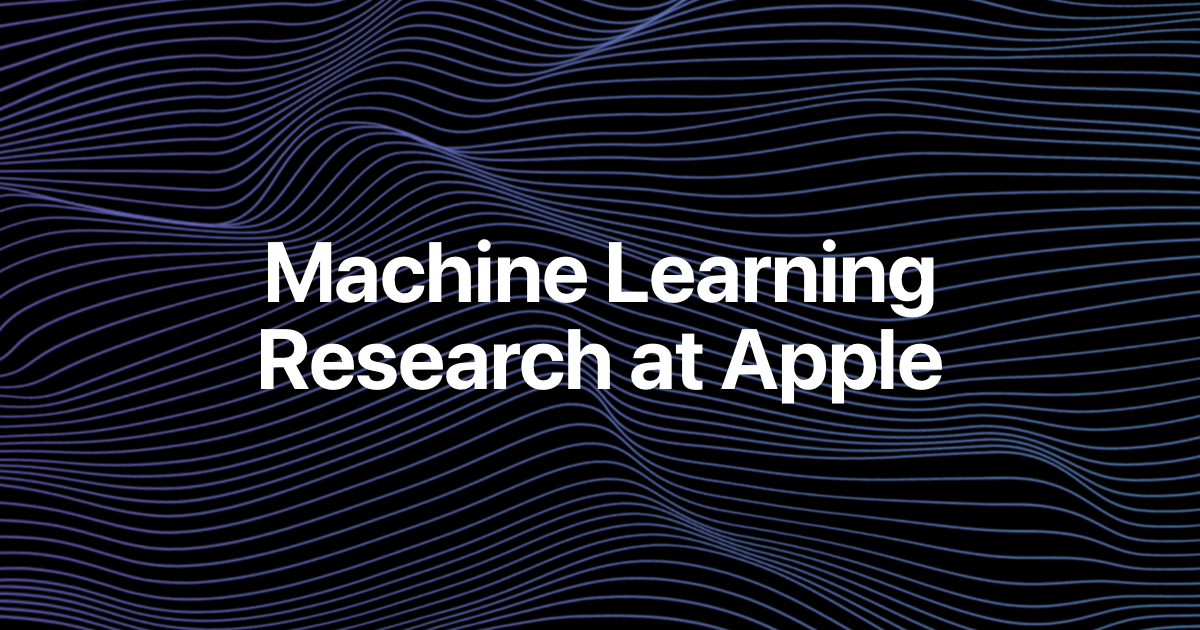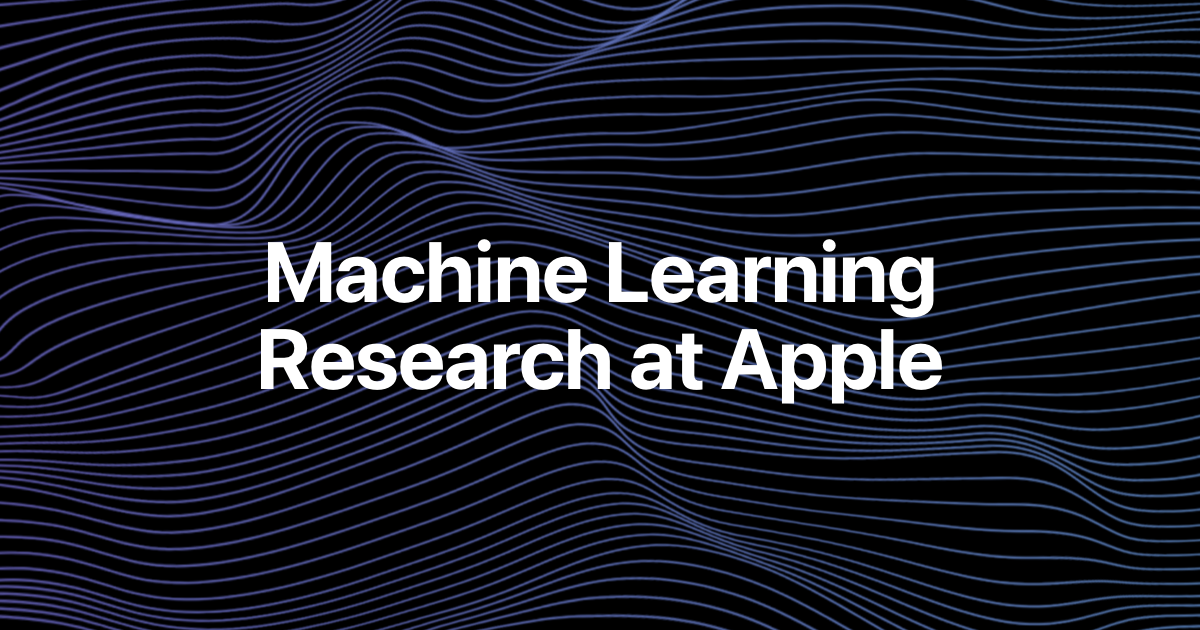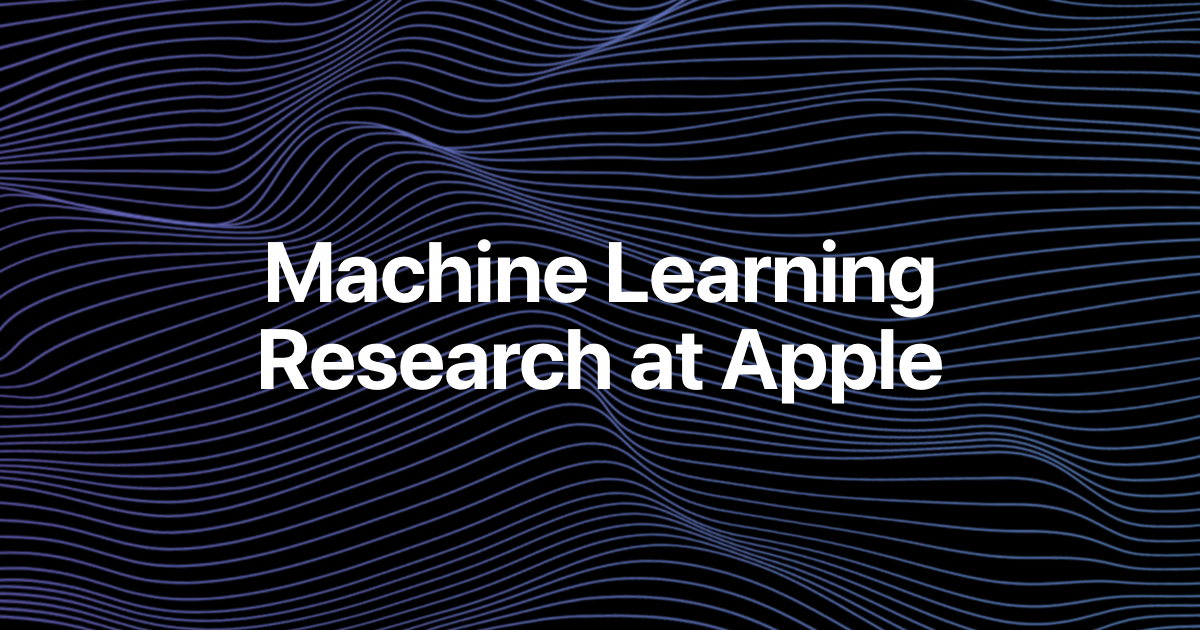
Misty: UI Prototyping Through Interactive Conceptual Blending
Sources: https://machinelearning.apple.com/research/interactive-prototyping, machinelearning.apple.com
TL;DR
- Misty offers a UI prototyping workflow that uses interactive conceptual blending to incorporate design examples into work-in-progress UIs.
- The workflow aims to rapidly blend elements from screenshots, sketches, and other design references.
- An exploratory first-use study with 14 frontend developers assessed Misty’s effectiveness and gathered feedback.
- Findings indicate Misty helps kickstart creative explorations, allows flexible specification of intent during prototyping, and inspires serendipitous UI blends.
- Misty demonstrates potential to blur the traditional boundaries between developers and designers.
Context and background
UI prototyping often involves drawing from a variety of design exemplars, such as screenshots and sketches, to shape what a final interface might become. However, existing tools provide limited support for effectively incorporating these examples into ongoing work. Misty was conceived to address this gap by drawing on the cognitive process of conceptual blending — the ability to fuse disparate design cues into cohesive UI ideas. The core idea is to empower developers to rapidly bring diverse aspects from multiple design references into a work-in-progress UI, thereby expanding the space of possible interactions and layouts. The Misty workflow was prototyped to test whether an interactive blending approach can streamline ideation and accelerate the early stages of UI prototyping. By foregrounding blending as an explicit workflow, Misty seeks to enable more fluid collaboration between developers and designers, while maintaining a clear path from concept to implementation. The study behind Misty explored how developers respond to this approach, what kinds of blends emerge, and how the workflow supports intent specification at different prototyping stages. For readers interested in the source details and the project context, the Misty prototype and findings are described in the associated publication maintained by Apple’s machine learning research group. The work is presented as a contribution to human–computer interaction and prototyping research and is available publicly at the cited project page source.
What’s new
Misty introduces an explicit workflow for interactive conceptual blending in UI prototyping. Instead of treating design references merely as inputs or inspiration, Misty treats them as components to blend in real time within the development process. The workflow enables developers to:
- Rapidly incorporate diverse aspects from design examples into a current UI state.
- Specify intent at different prototyping stages, providing flexibility in how blends guide later decisions.
- Encounter serendipitous UI blends that can spark new directions or design ideas. These capabilities were evaluated through an exploratory first-use study with 14 frontend developers. The study assessed Misty’s effectiveness and collected qualitative feedback on the workflow’s usefulness, learnability, and impact on creativity. The results suggest that Misty can help teams kickstart creative explorations earlier in the design process, reduce friction when iterating concepts, and encourage collaboration across disciplines. To illustrate the benefits and structure of Misty, a concise comparison highlights the gap Misty addresses in contrast with traditional UI prototyping tools: | Aspect | Misty approach | Traditional UI prototyping tools |--- |--- |--- |Inspiration source | Conceptual blending of multiple design exemplars | Limited support for incorporating diverse examples |Prototyping flow | Interactive blending during iteration | Linear or static reference usage |Flexibility | Flexible specification of intent at multiple stages | Fixed paths to implement reference ideas |Collaboration | Blurs boundaries between developers and designers | Often keeps roles separate |
Why it matters (impact for developers/enterprises)
For developers and product teams, Misty offers a new pathway to accelerate ideation and exploration in UI design. By allowing diverse design cues to be blended into the live prototyping process, Misty can shorten iteration loops and broaden the set of viable UI concepts early in development. Enterprises focusing on faster time-to-market and better cross-disciplinary collaboration may find Misty appealing as a means to align design intent with implementation realities more quickly. From a practitioner perspective, Misty emphasizes a cognitive model where blending supports exploration. The approach can help teams articulate intent in different stages of prototyping, potentially reducing rework as prototypes evolve toward implementation. By presenting serendipitous blends, Misty may also inspire ideas that teams would not have surfaced through conventional, tool-driven workflows alone.
Technical details or Implementation (what’s inside the approach)
The Misty workflow centers on interactive conceptual blending applied to UI prototyping. It treats design exemplars—such as screenshots and sketches—as source material that can be blended into a current UI draft. The prototype was evaluated with real developers to understand how blending affects ideation, decision making, and the dynamics of collaboration. Key implementation ideas include:
- An interface that presents multiple design references and enables users to blend cues into a live UI scaffold.
- Mechanisms to specify intent at different prototyping stages, allowing coarse initial directions to be refined through subsequent blends.
- Support for discovering unexpected combinations of UI elements, layouts, and interactions through serendipitous blending opportunities. The study accompanying Misty focused on user experience and effectiveness rather than providing production-ready tooling details. The results emphasize qualitative feedback about how blending influences creativity, exploration speed, and the perceived collaboration between developers and designers. The published material is accessible through the project page linked earlier source.
Key takeaways
- Interactive conceptual blending can complement traditional prototyping by enabling rapid integration of diverse design cues.
- Misty helps teams kickstart creative explorations and provides flexibility in specifying intent at multiple prototyping stages.
- Serendipitous UI blends can inspire designers and developers alike, potentially expanding the design space.
- The approach supports closer collaboration between developers and designers by merging workflows rather than separating them.
- Early-stage prototyping tools that emphasize blending may reduce iteration time and rework later in development.
FAQ
-
What problem does Misty aim to solve?
Misty targets the limited support in current tools for incorporating diverse design examples (screenshots, sketches) into UI prototypes through an interactive blending workflow.
-
How was Misty evaluated?
Misty was prototyped and evaluated in an exploratory first-use study with 14 frontend developers to assess effectiveness and collect feedback on the workflow.
-
What benefits were observed?
The study found that Misty helps kickstart creative explorations, allows flexible intent specification across prototyping stages, and inspires serendipitous UI blends.
-
Is Misty publicly available as a tool?
The source describes Misty as a prototype and study; there is no information here about a public release.
-
Where can I learn more about Misty?
The project page for Misty is hosted by Apple’s machine learning research site and is linked in the provided reference.
References
More news
Checklist-Based Feedback Outperforms Reward Models for Aligning Language Models
A new RL approach uses instruction-derived checklists to guide alignment, outperforming fixed-criteria reward models across multiple benchmarks on Qwen2.5-7B-Instruct, presented at ICLR 2025.
SlowFast-LLaVA-1.5: Token-Efficient Video LLMs for Long-Form Understanding
Apple ML Research introduces SlowFast-LLaVA-1.5 (SF-LLaVA-1.5), a family of token-efficient video LLMs designed for long-form video understanding. It leverages SlowFast two-streams and public data to achieve state-of-the-art results at 1B–7B scales, with mobile-friendly implications.
The 'Super Weight': How Even a Single Parameter Can Determine a Large Language Model's Behavior
Apple researchers identify 'super weights'—an extremely small subset of LLM parameters—that can decisively influence model behavior, enabling compression ideas and raising questions about internal dynamics.
Investigating Intersectional Bias in Large Language Models via Coreference Confidence Disparities
An in-depth look at intersectional bias in LLMs through a new benchmark and a confidence-based fairness metric, revealing reliability gaps in decision-support scenarios.
Rethinking Non-Negative Matrix Factorization with Implicit Neural Representations
This Apple ML Research summary outlines a new approach that extends Non-Negative Matrix Factorization (NMF) beyond regularly sampled data by using learnable functions, enabling analysis on irregular time-frequency representations commonly used in audio.
Optimal Corpus Aware Training for Neural Machine Translation (OCAT) Boosts NMT Accuracy
OCAT fine-tunes a CAT model by freezing most parameters and tuning a small corpus-related set, delivering stronger translation quality on WMT23 EN→ZH and EN→DE while maintaining robustness to hyperparameters.
